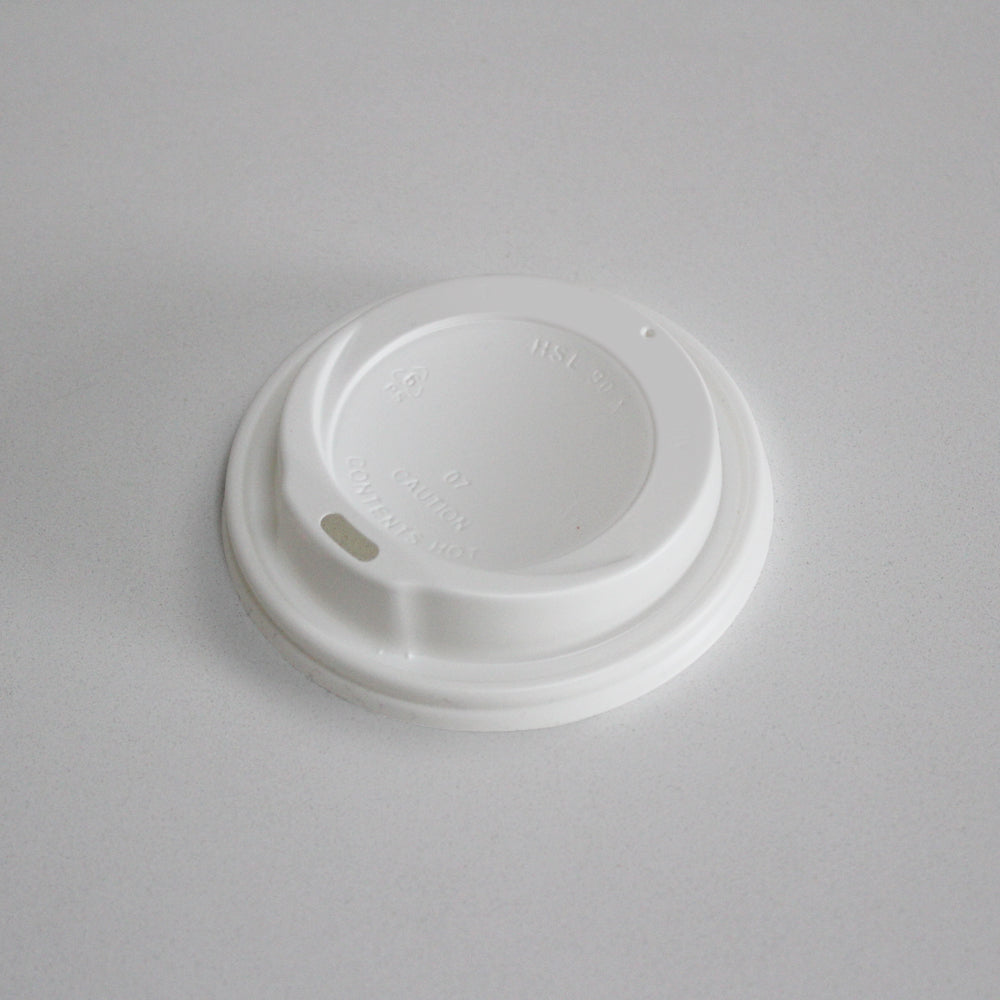The Evolution of Fish and Chips Boxes A Culinary Icon
Fish and chips, a dish that has become synonymous with British culture, is known not only for its deliciousness but also for its distinctive packaging. The humble fish and chips box, which serves as both a practical container and a canvas for branding, has a rich history that reflects the evolution of culinary practices, consumer trends, and environmental considerations.
Origins of Fish and Chips Packaging
The origins of fish and chips date back to the 19th century, when fried fish and fried potatoes were sold by street vendors in England. Initially, these items were wrapped in paper or newspaper, a practice that provided both convenience and affordability. The use of paper allowed customers to enjoy their meal on the go, a key factor in its increasing popularity among working-class individuals and families.
As the popularity of fish and chips grew, so did the need for more specialized packaging. By the 1930s, takeout fish and chips began to be served in cardboard boxes, which provided better insulation and reduced the risk of grease stains—a significant improvement over traditional wrapping methods. This evolution led to the creation of the iconic fish and chips box we recognize today, often adorned with the name of the shop and other branding elements.
The Design and Functionality of Fish and Chips Boxes
The design of fish and chips boxes has come a long way since their inception. Modern boxes are typically made from heavy-duty food-safe cardboard, specifically designed to withstand heat and moisture. Their structure usually features separate compartments for fish and chips, ensuring that the crispy texture of the fried items is maintained and that they do not become soggy.
Some boxes even come with built-in ventilation holes, allowing steam to escape while keeping the food warm. This thoughtful design demonstrates an understanding of consumer preferences and the necessity of maintaining food quality. Moreover, many fish and chips boxes are now equipped with a plastic window, allowing customers to see the tantalizing food inside, elevating the overall dining experience.
fish and chips boxes

Branding and Cultural Significance
Beyond functionality, fish and chips boxes serve as a powerful branding tool for restaurants and takeaways. Many establishments invest in custom-designed boxes that showcase their logo, special ingredients, or unique selling points. This branding helps differentiate them in a competitive market and creates a sense of identity among loyal customers.
The cultural significance of fish and chips boxes extends beyond mere packaging; they evoke a sense of nostalgia and comfort for many. For countless individuals, enjoying fish and chips wrapped in a box represents cherished memories of family outings, seaside trips, or late-night indulgences. This emotional connection further reinforces the enduring popularity of the dish and its packaging.
Environmental Considerations
In recent years, as awareness of environmental issues has grown, the focus has shifted towards sustainable packaging. Many fish and chips shops are now opting for compostable or recyclable materials in an effort to reduce their ecological footprint. This shift not only appeals to environmentally-conscious consumers but also reflects a broader trend in the food industry towards sustainability and responsibility.
Conclusion
The journey of the fish and chips box from simple paper wrapping to a well-designed, functional, and branded packaging reflects broader trends in culinary practices, consumer habits, and environmental consciousness. As fish and chips continue to be a staple in British cuisine and beyond, the evolution of its packaging will undoubtedly continue to adapt, ensuring that this beloved dish is enjoyed by generations to come. Whether enjoyed at home, on the beach, or in a bustling city, the fish and chips box remains an enduring symbol of comfort and tradition.



